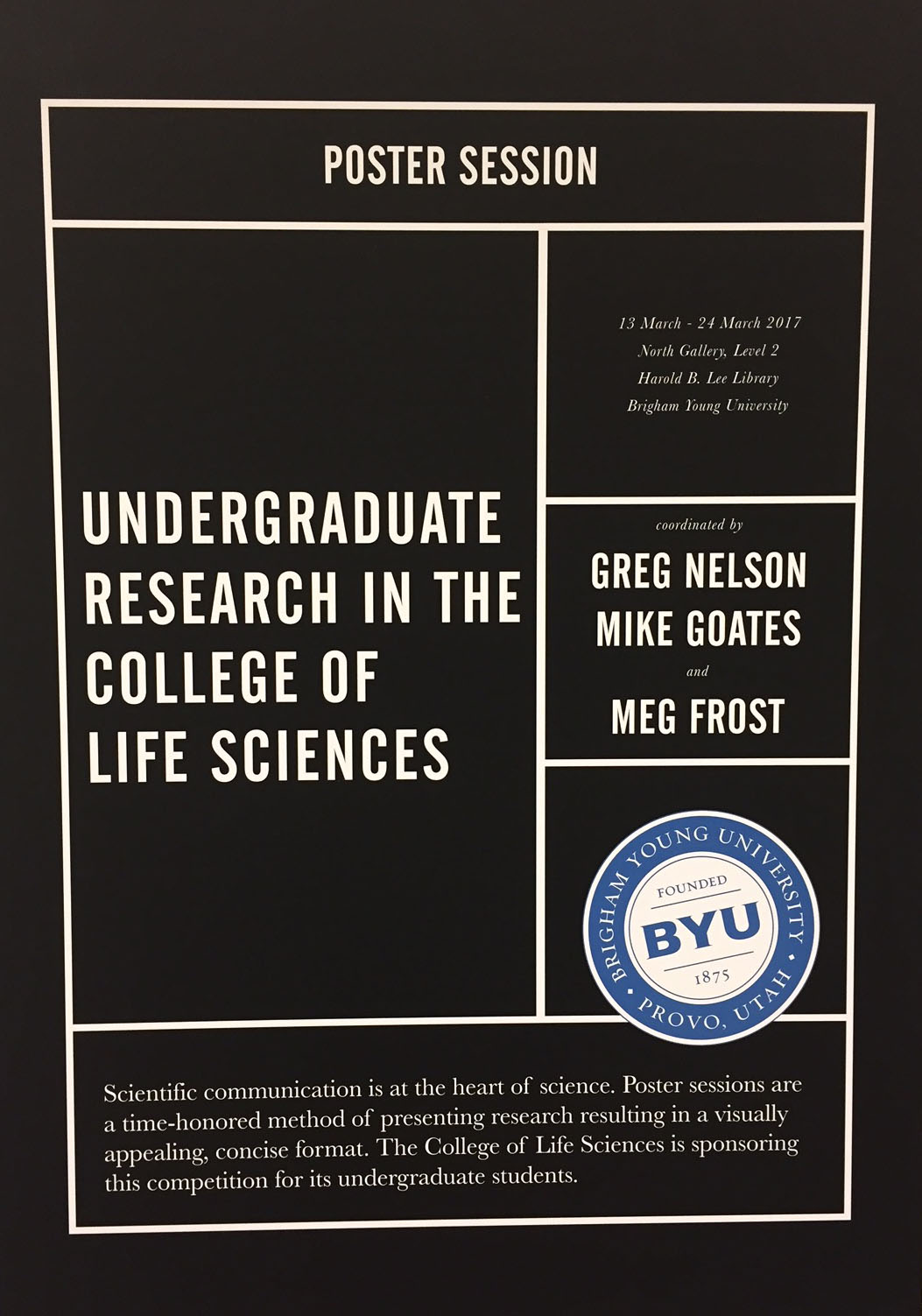Files
Download Full Text (42.9 MB)
Keywords
multisensory integration, optic tectum, neurodevelopmental disorders
Abstract
The superior colliculus (SC) is a mammalian midbrain structure involved in multimodal sensory integration and is implicated to have a role in neurodevelopmental disorders. Although the presence of multisensory integrating neurons (MINs) in the SC has been well documented by electrophysiology techniques, little is known about their morphological or molecular characterization. To identify and study MINs, we utilized SC’s non-mammalian homologous structure–the optic tectum (OT)–in the genetically tractable model organism zebrafish. In this process, we generated transgenic lines that allowed for fluorescent detection of neuronal activity by expressing the genetically engineered calcium indicators: cytoRGECO and H2B-jRGECO1a, respectively in mechanosensory hair cells of the ear and OT. To activate the vestibular sensory pads in 7 days-post-fertilization (dpf) larvae, we used a piezoelectric actuator probe. We found that upon the application of this vestibular stimulus in the posterior cristae (PC), some OT neurons showed time-locked activation. This indicates that OT circuitry in 7dpf larvae is mature enough to receive vestibular stimuli. Furthermore, when 7dpf larvae were sequentially and simultaneously exposed to vestibular and visual stimulations (1 second pulse of 488nm light), we found some OT neurons that responded to both stimuli and even showed potential integration. The discovery of such neurons sets up the stage for better morphological and molecular characterization of MINs and the study of their potential role in neurodevelopmental disorders.
BYU ScholarsArchive Citation
Hamilton, Adeline; Jex, KariAnne; Marks., Erika C.; Garcia, Suehelen A.; Yorgason, Jordan T.; Neilsen, Tracianne B.; and Suli, Arminda, "Detecting and Characterizing Multisensory Integrating Optic Tectum Neurons in Zebrafish" (2023). Library/Life Sciences Undergraduate Poster Competition 2023. 56.
https://scholarsarchive.byu.edu/library_studentposters_2023/56
Document Type
Poster
Publication Date
2023-03-03
Language
English
College
Life Sciences
Department
Cell Biology and Physiology
Copyright Use Information
https://lib.byu.edu/about/copyright/


